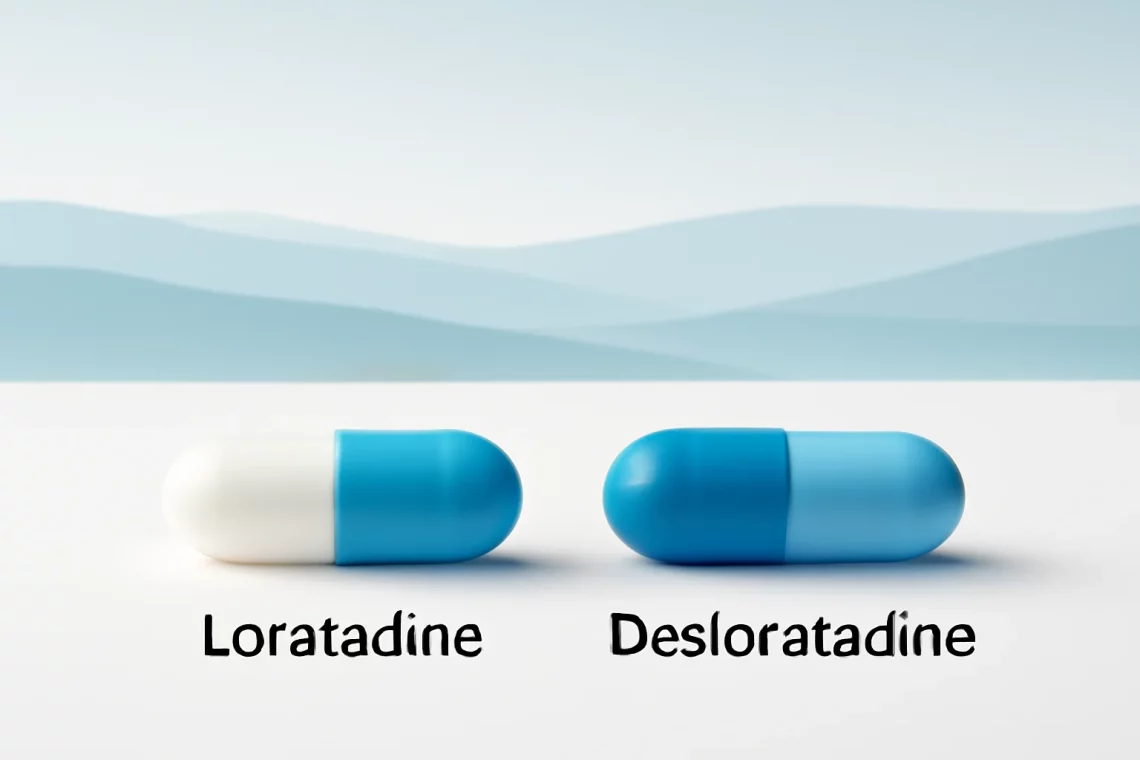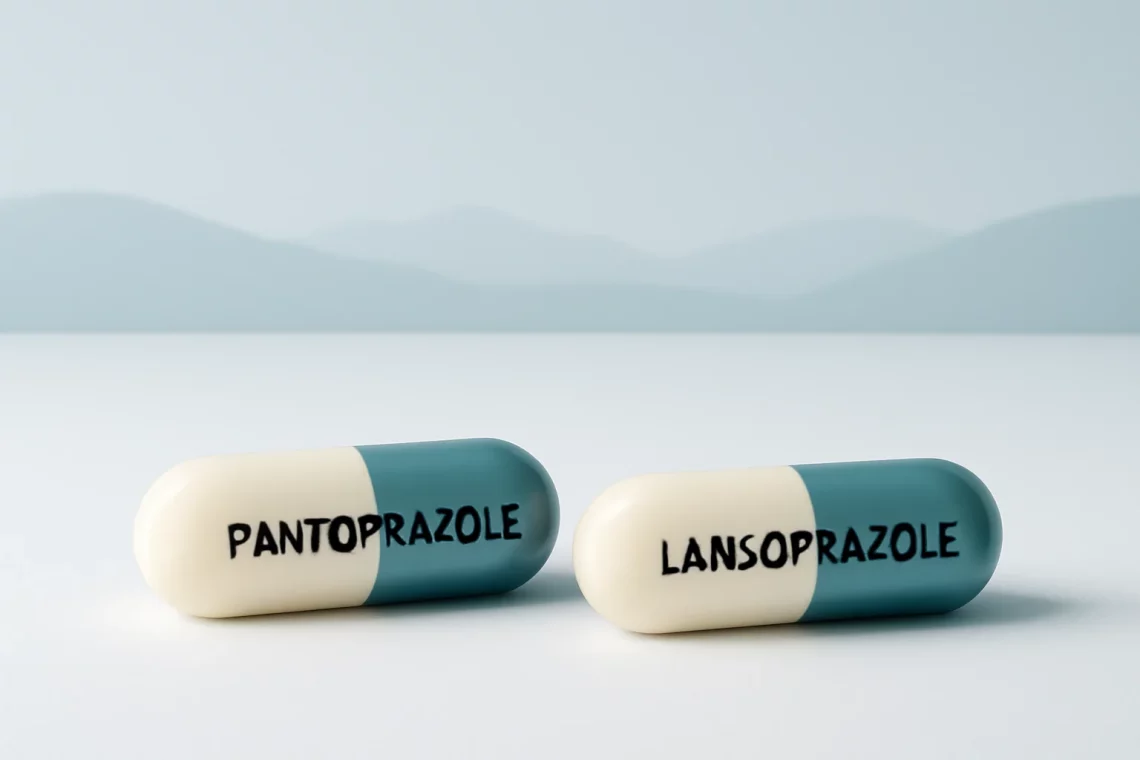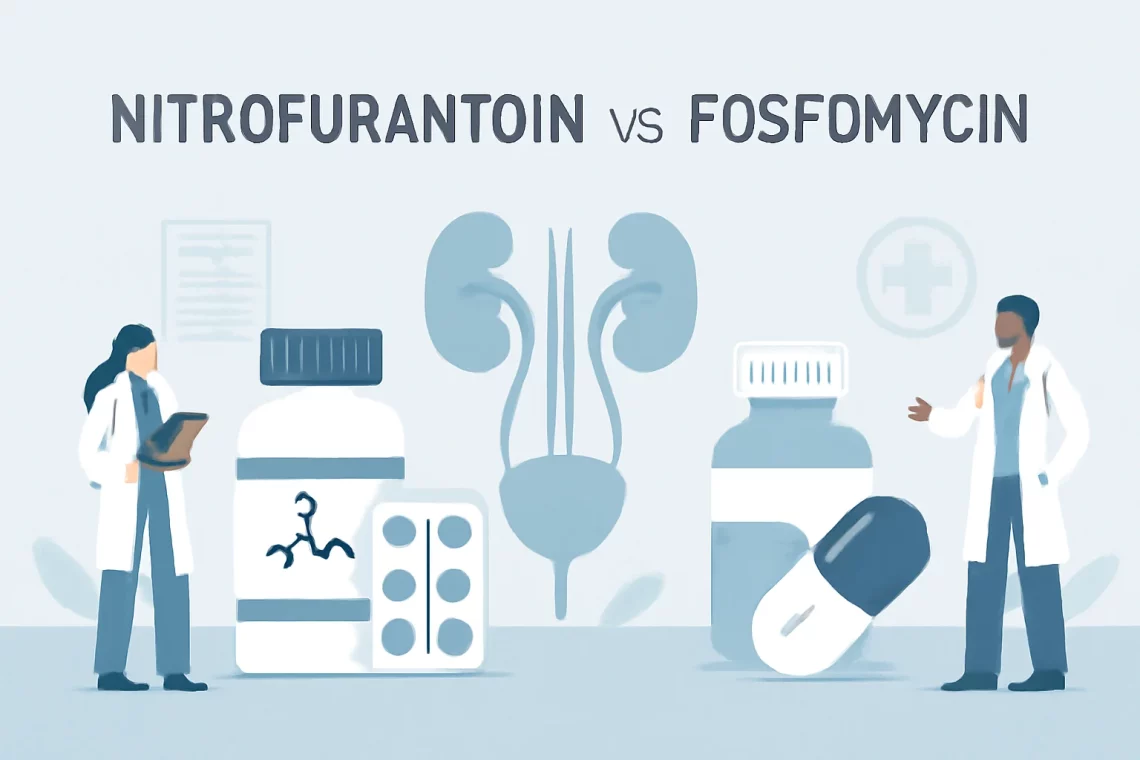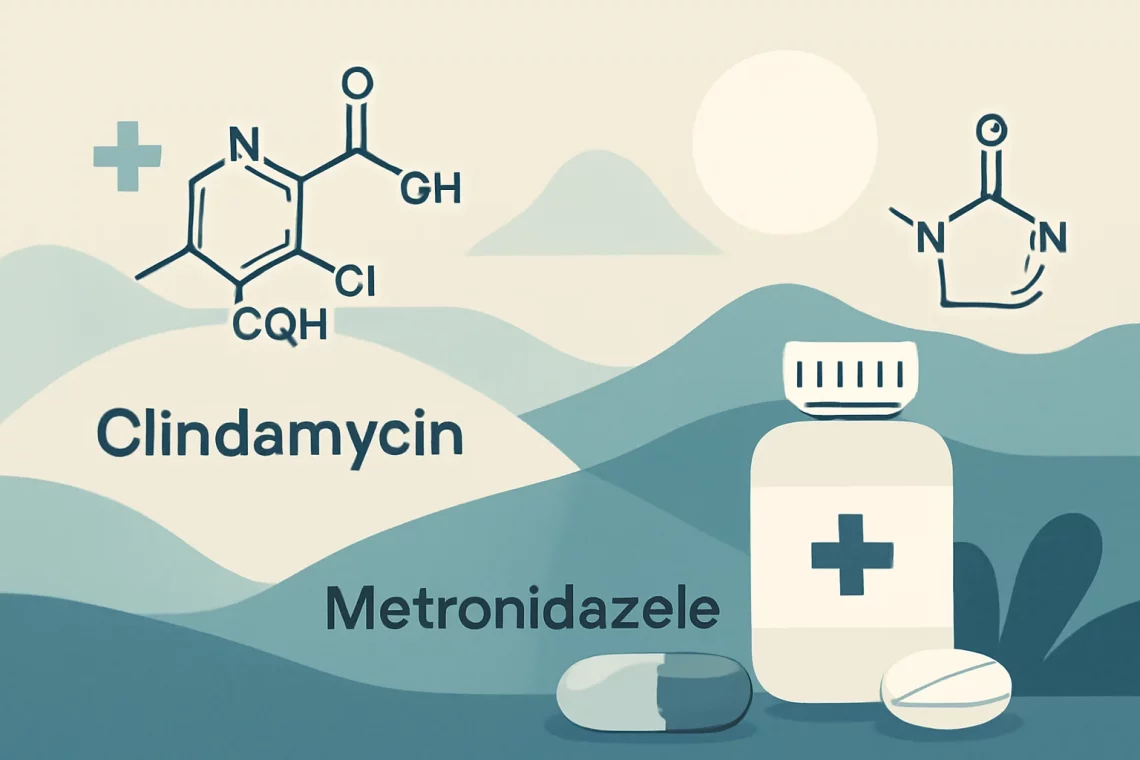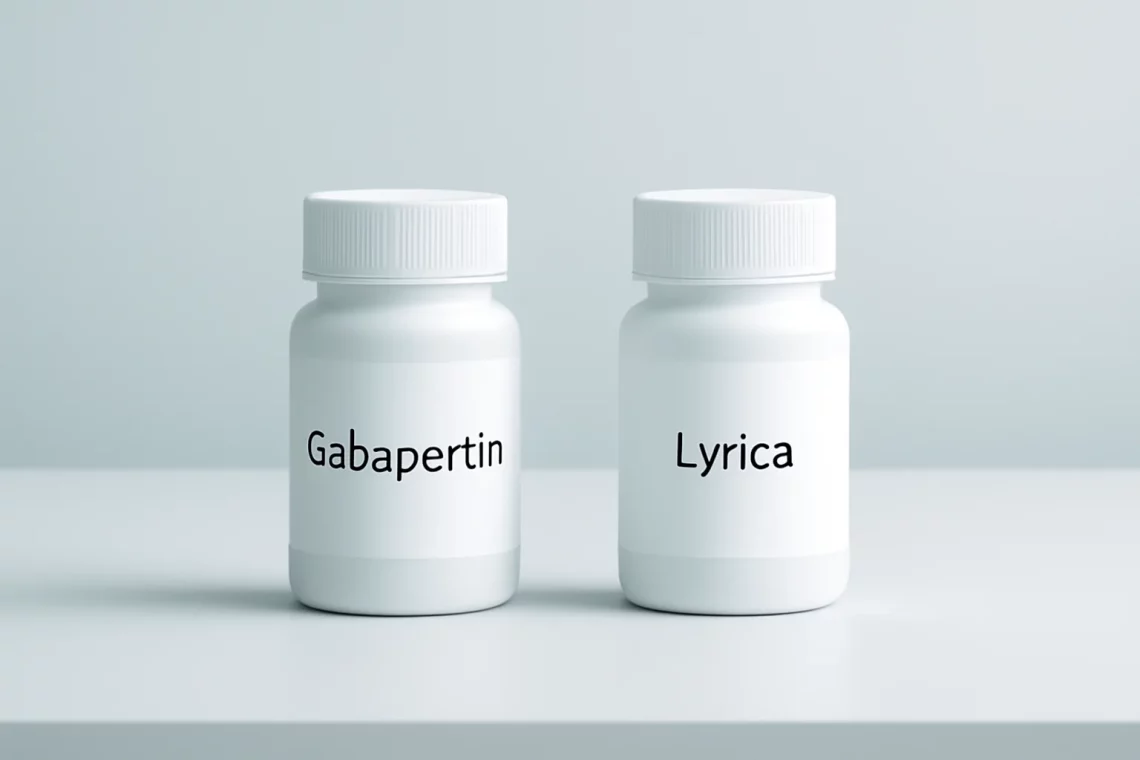-
Loratadine vs Desloratadine: Key Differences Explained
Loratadine and desloratadine are antihistamines widely used for the treatment of allergic conditions. Both of these medications help alleviate symptoms associated with allergies, such as sneezing, runny nose, and itchy eyes. They belong to a class of drugs known as second-generation antihistamines, which are known for causing less sedation compared to first-generation antihistamines. This distinction makes them more appealing to individuals who need to manage allergy symptoms without the drowsiness that often accompanies other allergy medications. Understanding the differences and similarities between loratadine and desloratadine is crucial for those seeking effective allergy relief. While they share a common purpose, the way they act in the body and their specific applications…
-
Ativan vs Valium: Understanding Their Differences and Uses
Ativan and Valium are two widely recognized medications that belong to the benzodiazepine class of drugs. Both are primarily used to treat anxiety and other related conditions, but they have different properties, indications, and effects on the body. As the prevalence of anxiety disorders continues to rise, understanding the distinctions between these two medications becomes increasingly important. Benzodiazepines work by enhancing the effects of a natural chemical in the body called gamma-aminobutyric acid (GABA). This action leads to a calming effect on the central nervous system, which can be beneficial for those experiencing anxiety, panic attacks, or sleep disorders. However, while both Ativan (lorazepam) and Valium (diazepam) serve similar purposes,…
-
Pantoprazole vs Lansoprazole: Which Proton Pump Inhibitor is Better?
In recent years, the prevalence of gastrointestinal disorders has increased, leading to a greater need for effective treatments. Among these treatments, proton pump inhibitors (PPIs) have gained popularity for their ability to reduce stomach acid production. Two of the most commonly prescribed PPIs are pantoprazole and lansoprazole. Both medications are effective in treating conditions such as gastroesophageal reflux disease (GERD) and peptic ulcers, but they have different profiles in terms of efficacy, side effects, and usage. Understanding the differences and similarities between these two medications can help patients and healthcare providers make informed decisions regarding treatment options. As more individuals seek relief from acid-related disorders, the choice between pantoprazole and…
-
Vraylar vs Geodon: A Comprehensive Comparison of Antipsychotic Medications
Vraylar and Geodon are both medications commonly used in the treatment of mental health disorders, particularly schizophrenia and bipolar disorder. Each of these drugs belongs to a class known as atypical antipsychotics, which are designed to help manage symptoms of these conditions by altering the effects of neurotransmitters in the brain. The choice between Vraylar and Geodon can significantly impact a patient’s quality of life, as both medications have different mechanisms of action, side effects, and efficacy profiles. In recent years, there has been a growing interest in understanding how these medications compare, as patients and healthcare providers alike seek the most effective treatment options available. Factors such as dosage,…
-
Comparing Nitrofurantoin and Fosfomycin for Urinary Tract Infections
Nitrofurantoin and fosfomycin are two antibiotics commonly used to treat urinary tract infections (UTIs). Both medications have unique mechanisms of action and various indications for use, making them valuable options in the realm of antimicrobial therapy. With the increasing prevalence of antibiotic resistance, understanding the differences between these two drugs is crucial for both healthcare providers and patients. Factors such as efficacy, side effects, dosage, and patient-specific considerations play a significant role in determining which antibiotic may be more appropriate for a given situation. As urinary tract infections continue to affect millions of individuals worldwide, the choice between nitrofurantoin and fosfomycin remains a relevant topic in modern medicine. In the…
-
Clindamycin vs Metronidazole: Which Antibiotic Should You Choose?
Clindamycin and metronidazole are two commonly used antibiotics that serve distinct purposes in the treatment of various bacterial infections. While both medications have proven effective in managing infections, their mechanisms of action, spectrum of activity, and specific indications differ significantly. Understanding these differences is crucial for both healthcare providers and patients, as the choice of antibiotic can significantly influence treatment outcomes. In clinical settings, the selection between clindamycin and metronidazole often hinges on the type of infection being treated, the patient’s medical history, and potential side effects. Both antibiotics possess unique properties that make them suitable for targeting specific bacterial pathogens. As antibiotic resistance becomes a growing concern globally, the…
-
Gabapentin vs Lyrica: A Comprehensive Comparison of Two Medications
Gabapentin and Lyrica are two medications commonly used to manage various types of nerve pain and certain seizure disorders. Both drugs belong to a class of medications known as anticonvulsants, which work by stabilizing electrical activity in the brain and modulating neurotransmitter release. Despite their similar purposes, gabapentin and Lyrica (pregabalin) have distinct formulations, efficacy profiles, and potential side effects, making it essential for healthcare providers to carefully consider which medication may be most appropriate for each individual patient. The rise in awareness regarding chronic pain conditions has led to increased usage of these medications, often resulting in confusion among patients who may not fully understand the differences between them.…
-
Metoprolol vs Nadolol: Key Differences and Uses Explained
Metoprolol and Nadolol are two common medications belonging to the class of beta-blockers, which are widely used in the management of various cardiovascular conditions. These medications help in lowering blood pressure, reducing heart rate, and alleviating symptoms associated with heart-related ailments. Beta-blockers work by blocking the effects of adrenaline on beta-adrenergic receptors, thus decreasing the heart’s workload and improving overall cardiac efficiency. The choice between Metoprolol and Nadolol often depends on the specific health needs of the patient, the presence of other medical conditions, and how well they respond to treatment. While both medications serve similar purposes, their pharmacokinetics, side effects, and specific indications can vary significantly. Understanding these differences…
-
Aripiprazole vs Risperidone: Choosing the Right Antipsychotic Treatment
Aripiprazole and risperidone are two commonly prescribed medications used primarily in the treatment of various mental health conditions. Both belong to a class of drugs known as antipsychotics, but they differ significantly in their mechanisms of action, side effects, and overall effectiveness for different conditions. Understanding their differences and similarities can be crucial for patients, caregivers, and healthcare professionals when making informed decisions regarding treatment options. As mental health awareness continues to grow, so does the need for effective treatment strategies. Medications like aripiprazole and risperidone play a vital role in managing symptoms of disorders such as schizophrenia, bipolar disorder, and major depressive disorder. However, the choice between these two…
-
Terbinafine vs Itraconazole: Choosing the Right Antifungal Treatment
In the realm of antifungal treatments, two names frequently come up: terbinafine and itraconazole. Both medications are utilized to combat a range of fungal infections, yet they operate through different mechanisms and are indicated for varied conditions. As the prevalence of fungal infections continues to rise, understanding the nuances of these treatments becomes increasingly important. Terbinafine, primarily available in oral and topical forms, is known for its ability to effectively treat dermatophyte infections, particularly those affecting the skin and nails. On the other hand, itraconazole belongs to a broader class of antifungals and is effective against a wider variety of fungi, including certain endemic mycoses. The choice between these two…
